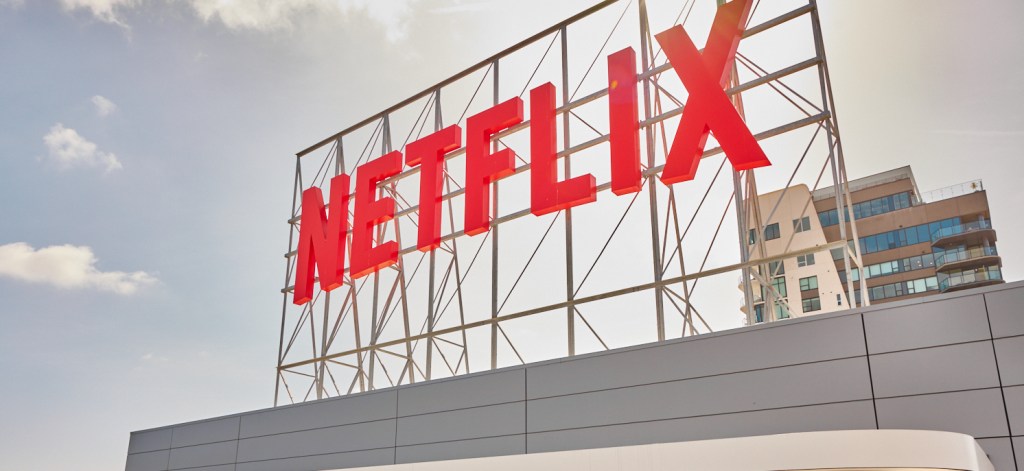Ajay Kulkarni
More posts from Ajay Kulkarni
Here’s the dirty little secret about the Internet of Things: The Things might not work, and you might not use them.
As a consumer, many of your gadgets will collect dust tucked away in a drawer (I must admit, I have a large box full of wearables and other things with which I don’t know what to do). As a business, many of your devices will not perform as well as expected, turning into maintenance-heavy money pits.
This is because it’s hard to gauge the usefulness of a new, innovative hardware Thing. Some won’t be useful; others will stop working. Even the ones that you love, the hard-working devices that serve you every day, will soon become obsolete, replaced by newer, better, shinier Things.
And so we keep buying these new Things, seduced by their promises — and later often find ourselves saddled with buyer’s remorse.
But soon, thanks to a concept called Hardware–as–a–Service (HaaS), we’ll have fewer of these regrets, because we’ll own fewer of these Things. Thanks to HaaS, the way individuals and businesses consume hardware products is changing.
What is Hardware–as–a–Service?
Hardware–as–a–Service, which clearly has roots in Software-as–a–Service, is a business model where companies sell packages that include hardware, software, maintenance and, sometimes, installation, for a monthly fee. Under HaaS, customers pay for services, not Things; consequently, HaaS contracts often include a service-level agreement (SLA).
Here are some examples:
Vivint is a smart-home company that offers security sensors, smart locks, thermostats, installation, servicing and 24/7 customer support for a monthly fee. Most of this hardware is made by the company. Plans start at around $60/month, with a free trial period and minimum contract length. With more than 1 million customers and $650 million in revenue, their strategy seems to be working.
Hitachi recently announced a “trains as a service” contract with Virgin in the U.K. for 65 new high-speed Hitachi trains. Under that deal, Hitachi maintains ownership of the trains, and is paid based on their trains’ reliability.
In fact, transportation is the leading edge of HaaS. Bike-sharing programs like NYC’s Citi Bike provide access to bicycles for as little as $15/month. In many cities, car-sharing programs like Zipcar and car2go have replaced the need to own a car. Uber recently launched $5 rates to provide an everyday transportation option for commuters, further reducing car ownership needs.
Even the large tech companies are starting to get on board. Earlier this month, Microsoft launched “Surfaces-as–a–Service,” allowing business customers to pay a monthly fee for a Microsoft Surface, unlimited phone/in-store support and hardware upgrades. HP is reportedly exploring HaaS plans for their device product lines. And some analysts believe that an “Apple-as–a–Service” subscription-based revenue model is the answer to that company’s woes.
The advantages of HaaS
Hardware–as–a–Service is here because it makes sense. Almost all hardware is a depreciating asset: why would we want to own it? For example, a new car loses nearly 10 percent of its value when driven off the lot. In these cases, it makes simple economic sense not to own.
HaaS also taps into the current zeitgeist of minimalism, where books about decluttering become bestsellers and less-than-400-square-foot houses become the focus of popular TV shows, as well as the growing sharing economy.
There are many more advantages for customers. HaaS transforms an up-front capital expenditure into an ongoing operating expense, which also allows for more accurate cost/value comparisons: e.g. “Is this worth $X/month to me?” Operating expenses become cheaper through shared use, especially for Things we don’t always use: e.g. bike/car sharing.
There is less worry about maintenance because of bundled-in servicing, which means any errors, bugs and other misbehaving gremlins become the headache of the hardware provider. Included servicing also caps the total cost of ownership: You know exactly how much it will cost for as long as you use it.
With HaaS, problems are fixed faster: Sometimes the hardware provider is not paid if the Thing is not operating (e.g. Hitachi’s trains), which incentivizes them to repair equipment quickly, even proactively (i.e. preventative maintenance). And there is less need to worry about obsolescence. You pay for the service, not the hardware; newer, cheaper hardware often enables the provider to offer a better service to you, which encourages them to upgrade.
HaaS also has advantages for IoT companies, just as software vendors benefited from SaaS. HaaS is easier to sell because of the lowered up-front cost. HaaS contracts generate predictable monthly revenue. HaaS plans create longer customer relationships, which can drive further sales. Bundling hardware, software, maintenance and installation improves margins: Pricing becomes a function of the value provided, not of the underlying (and diminishing) hardware costs. In other words, HaaS can be a shield against the endless march of hardware commoditization.
What is old is new again
Of course, HaaS is not completely new — we’ve already seen a similar transformation with SaaS, which paved the way by making subscription services widespread and generally accepted. HaaS is also a result of the recent flood of innovation released by the lowered barriers for building hardware: cheaper components, easier prototyping, more accessible contract manufacturers, newer distribution channels and hardware-friendly investors.
It is the next step in the evolution of product-delivery models: from buying, to financing, to renting/leasing and now to HaaS.
The key difference with HaaS is you pay for the usage of the service, not the asset, which is why we see HaaS under a variety of names: Smart-Home-as–a–Service (Vivint), Trains-as–a–Service (Hitachi), Cars-as–a–Service (Zipcar, car2go, Uber), etc.
In other words, HaaS is a new way of thinking. HaaS changes the relationship between the vendor and customer, extending a one-time transaction into a long-term relationship. This means customers need to pay more attention to how their vendors operate, and vendors need to pay more attention to their existing customers.
Of course, HaaS may not fit all hardware products. Some devices will be so cheap that they’re disposable. Some will be so expensive that they’ll require up-front payment just to support cash flow needs (especially for startups). Other businesses will still thrive off of crowdfunded pre-sales.
But HaaS is here, and we are better off because of it.
Thanks to Mike Freedman, Jamie Cuffe and Nitin Chopra for reading drafts of this article.































Comment